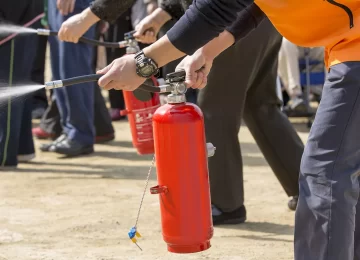An unexpected outage due to malfunctioning valves and fittings is something that you do not want to experience. When this happens, the flow of work is disrupted. And as a result, it can affect your delivery efficiency and fail to meet the demands. This, though, can be avoided through regular valve testing. Quality control in any industry is a must. Therefore, your company must be proactive in carrying out the proper inspections and tests to ensure safety and efficiency.
Importance of Valve Testing
Sometimes, it is not enough to partner with a trusted Industrial Valve Manufacturer and supplier. Remember that even the best in quality valves also break down. The wear and tear of these parts and components are inevitable. That is why valves need to be thoroughly inspected. They have to conform to the standards to avoid leaking and other significant problems.
Valve testing and inspections must be done once a year. This way, you have peace of mind that everything is working at its best. But of course, the frequency of testing will depend on the age, condition, and the types of valve used in your industrial applications.
Understanding How Valve Leaks Happen
One of the problems that you might come across is leakages. There are two ways that a leak can happen in valves. First, emissions from the valve escape into the atmosphere. Second, leaks escape through the valve but remain within the piping system.
The first way is to be acted upon right away because it can damage the environment. It becomes a potential safety hazard to your workers and the community around your factory. Fugitive emissions happen, and valves are usually the reason behind it. This is why quality management and regular valve testing are essential.
One of the significant reasons leaks happen is the damaged gasket between the valve body and valve bonnet. It can also be an out-of-place stem packing potentially due to being worn or damaged.
Types Of Valves Regularly Tested
For industrial applications, there are different types of valves used. They come in different shapes and sizes. Their longevity will depend on what system they are being used for. The valves commonly used in industrial settings include butterfly valve, gate valve, globe valve, gray iron valve body and cover, plug valve, and swing check valve.
Valve Testing – What To Expect?
A typical valve testing procedure for a hydrostatic valve goes through states. The valve’s body is filled with the testing fluid at specific temperatures. Then, pressure is applied for a particular time, usually around one minute. If there’s leakage, it is inspected and measured inspected across the parts and components affected like the stem, seat, or closure mechanism. A valve then goes through the final visual inspection. This ensures that there is no damage incurred during the testing process.
Only Buy Quality Valve Products
To avoid frequent problems with valve leakage, it is imperative that you only partner with a trusted Industrial Valve Manufacturer. This way, you are sure that the valves and their components last longer and can stand the test of applications.











